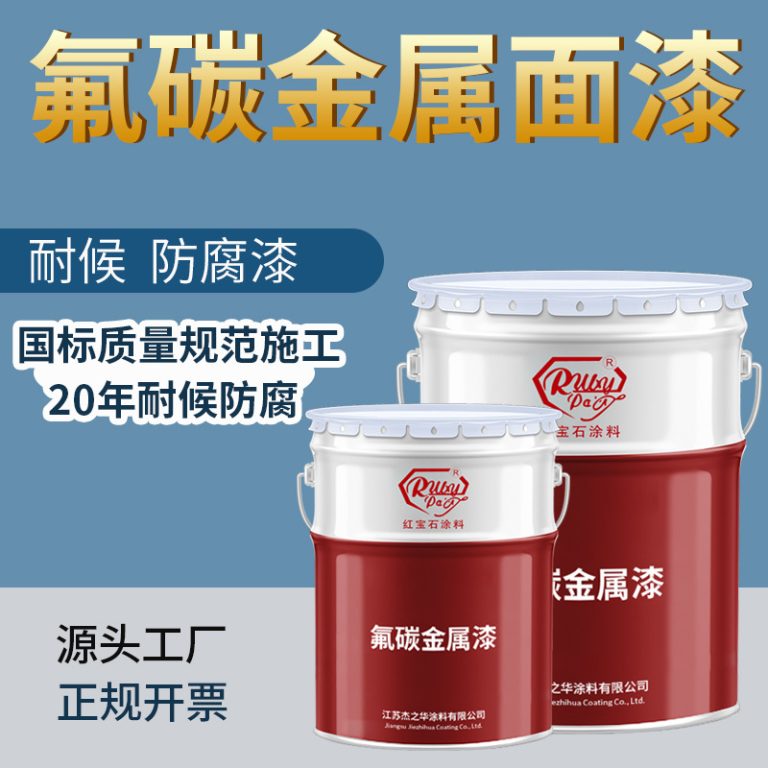Table of Contents
Exploring the Differences: Fluorocarbon Coated vs. Pure Fluorocarbon Fishing Lines
Exploring the Differences: Fluorocarbon Coated vs. Pure Fluorocarbon Fishing Lines
In the world of angling, the choice of fishing line can be as crucial as the selection of the rod, reel, or lure. Among the myriad of options available to anglers, fluorocarbon lines have gained significant popularity due to their unique properties. However, within this category, there is a distinction to be made between fluorocarbon coated and pure fluorocarbon lines, each with its own set of advantages and applications.
Fluorocarbon coated lines are essentially a hybrid; they consist of a core made from another material, such as nylon, which is then coated with a layer of fluorocarbon. This design aims to combine the best attributes of both materials. The fluorocarbon coating provides a level of resistance to abrasion and offers a degree of the low visibility underwater that is characteristic of fluorocarbon. Additionally, the coating can give the line a smoother finish, which can enhance casting distance and accuracy. The core material, often being more flexible than pure fluorocarbon, lends the line better handling and knot strength, making it a versatile choice for various fishing conditions.
Conversely, pure fluorocarbon lines are manufactured entirely from fluorocarbon polymers. This composition endows the line with several distinct properties that are highly valued by seasoned anglers. One of the most notable is the line’s near invisibility underwater, a result of its refractive index being very close to that of water. This makes it an excellent choice for clear water conditions where fish are more line-shy. Pure fluorocarbon is also denser than water, which allows it to sink faster and maintain a straighter line from the rod tip to the lure, providing better sensitivity and lure control. Its resistance to UV light, chemicals, and cold conditions makes it a durable option that can withstand harsh fishing environments.
The differences between the two types of lines extend to their performance and suitability for various fishing techniques. Fluorocarbon coated lines, with their more forgiving nature, are often preferred for spinning reels and general-purpose use. They are also typically less expensive than their pure counterparts, making them an attractive option for anglers on a budget or those who do not require the specialized benefits of pure fluorocarbon.
On the other hand, pure fluorocarbon lines excel in specific scenarios, such as when fishing in ultra-clear water or targeting species known for their line sensitivity. The superior sensitivity and faster sink rate make them ideal for techniques such as finesse fishing or when a quick presentation is necessary. However, these benefits come at a higher cost and with a learning curve; pure fluorocarbon is stiffer and more memory-prone, which can lead to challenges in handling and casting, particularly for less experienced anglers.
Ultimately, the choice between fluorocarbon coated and pure fluorocarbon lines depends on a multitude of factors, including water clarity, target species, fishing technique, and personal preference. Anglers may find that having both types in their arsenal allows them to adapt to varying conditions and maximize their chances of a successful outing. As with any fishing gear, the key is to understand the inherent properties and limitations of each line type and to select the one that aligns best with the specific demands of each fishing situation. Whether opting for the versatility of a coated line or the specialized performance of a pure fluorocarbon, the informed angler is well-equipped to make the choice that will enhance their fishing experience.
The Pros and Cons: Fluorocarbon Coated Lines Versus 100% Fluorocarbon for Anglers
Title: The Pros and Cons: Fluorocarbon Coated Lines Versus 100% Fluorocarbon for Anglers
In the world of fishing, the choice of line can be as critical as the selection of bait or lure. Among the myriad options available to anglers, fluorocarbon lines have gained popularity due to their unique properties. However, within this category, there is a distinction to be made between fluorocarbon coated lines and 100% fluorocarbon lines. Each type offers its own set of advantages and drawbacks, which can significantly impact an angler’s success on the water.
Fluorocarbon coated lines are essentially a hybrid; they consist of a core made from another material, such as nylon, which is then coated with a layer of fluorocarbon. This design aims to combine the best features of both materials. The fluorocarbon coating provides a measure of the line’s increased resistance to abrasion and a slight reduction in visibility underwater, which are inherent benefits of fluorocarbon. Additionally, the coating can offer some of the sensitivity and durability that fluorocarbon is known for, without the full cost associated with 100% fluorocarbon lines. This makes fluorocarbon coated lines an economical choice for anglers who want to enjoy some of the advantages of fluorocarbon without the higher price tag.
However, the benefits of fluorocarbon coated lines come with certain limitations. The coating is only surface deep, which means that if it gets nicked or worn down, the underlying material will be exposed, losing the benefits of the fluorocarbon. Moreover, the coating may not be as uniformly applied as one might hope, leading to inconsistencies in performance. The stretch and memory characteristics of the core material also remain, which can be less desirable for those seeking the superior sensitivity and low stretch of pure fluorocarbon.

| No. | Products |
| 1 | Industrial paint |
Despite these benefits, 100% fluorocarbon lines are not without their drawbacks. They tend to be stiffer and have more memory than coated lines, which can lead to challenges in casting and managing the line on the spool. Additionally, the cost of 100% fluorocarbon is significantly higher, which can be a deterrent for some anglers, especially those who do not require the specific advantages it offers.
| No. | Product Name |
| 1 | Industrial paint |
Ultimately, the choice between fluorocarbon coated lines and 100% fluorocarbon lines depends on an angler’s specific needs, preferences, and budget. For those who prioritize invisibility and sensitivity above all else and are willing to invest in their gear, 100% fluorocarbon may be the ideal choice. Conversely, anglers looking for a more cost-effective solution that still offers some of the benefits of fluorocarbon may find that coated lines meet their needs sufficiently. It is important for anglers to consider the conditions they typically fish in, the species they target, and their own fishing style when making this decision. By weighing the pros and cons of each type of line, anglers can make an informed choice that enhances their fishing experience and increases their chances of a successful outing.



